Is embracing nature the key to a more fire-resilient Los Angeles? These landscape architects think so
For some, an executive order issued by California governor Gavin Newsom does little to address the complexities of living within an urban-wildland interface
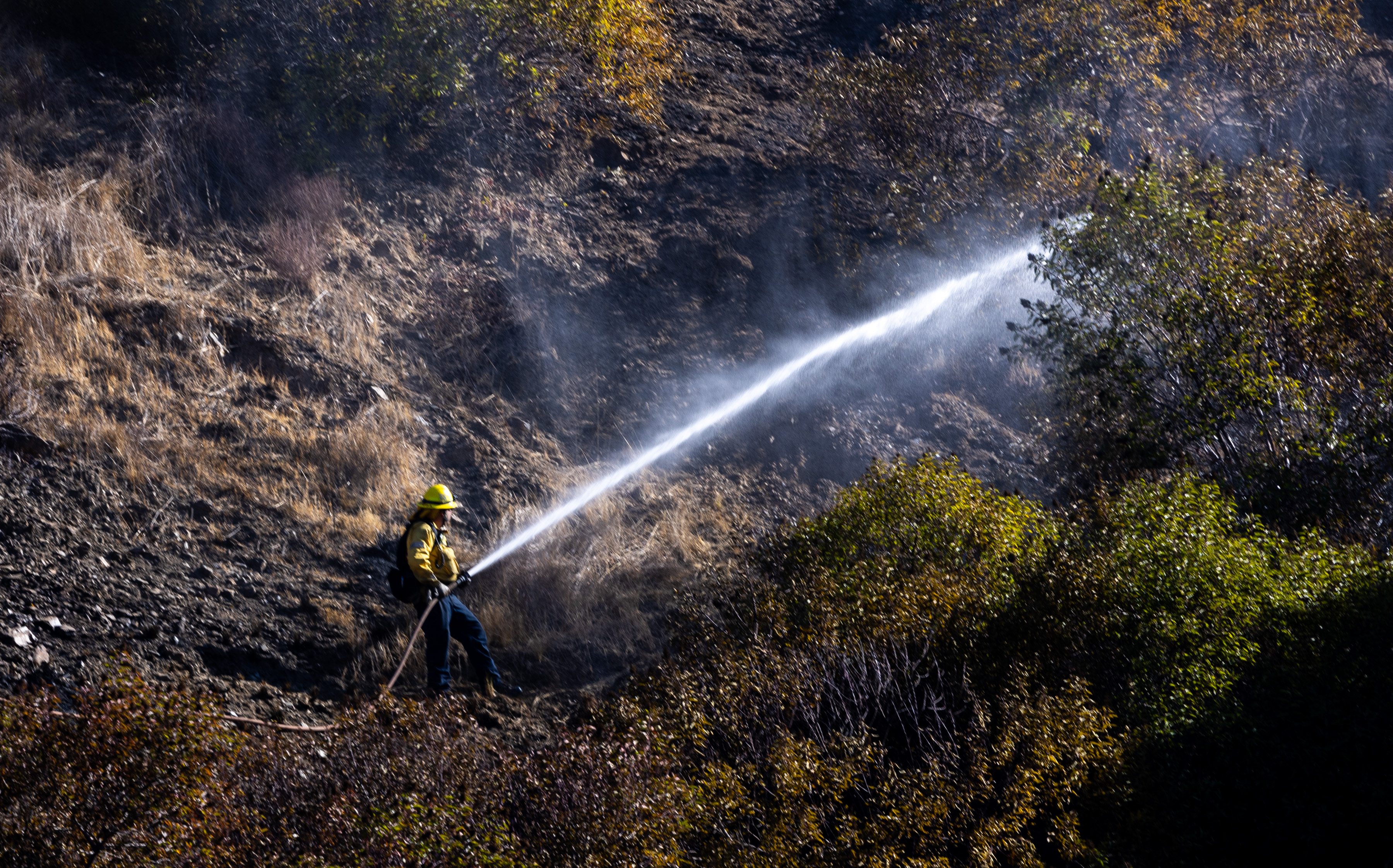
'We are living in a new reality of extremes,' said California governor Gavin Newsom in a press release that accompanied a February executive order issued after the Eaton and Pacific Palisades fires that destroyed homes, businesses, and neighbourhoods across Los Angeles.
The order, designed to harden communities against urban wildfires, introduced a statewide adoption of a 'Zone 0' approach around structures in fire-prone areas. It also updated the state’s Fire Hazard Severity Zone maps, which increased the amount of land considered at high or very high fire risk by 1.4 million acres. While homes at the periphery of open wilderness – perched on hillsides, nestled in canyons – were always in peril, the January fires and these new designations underscore that suburban-seeming neighbourhoods must also adapt.
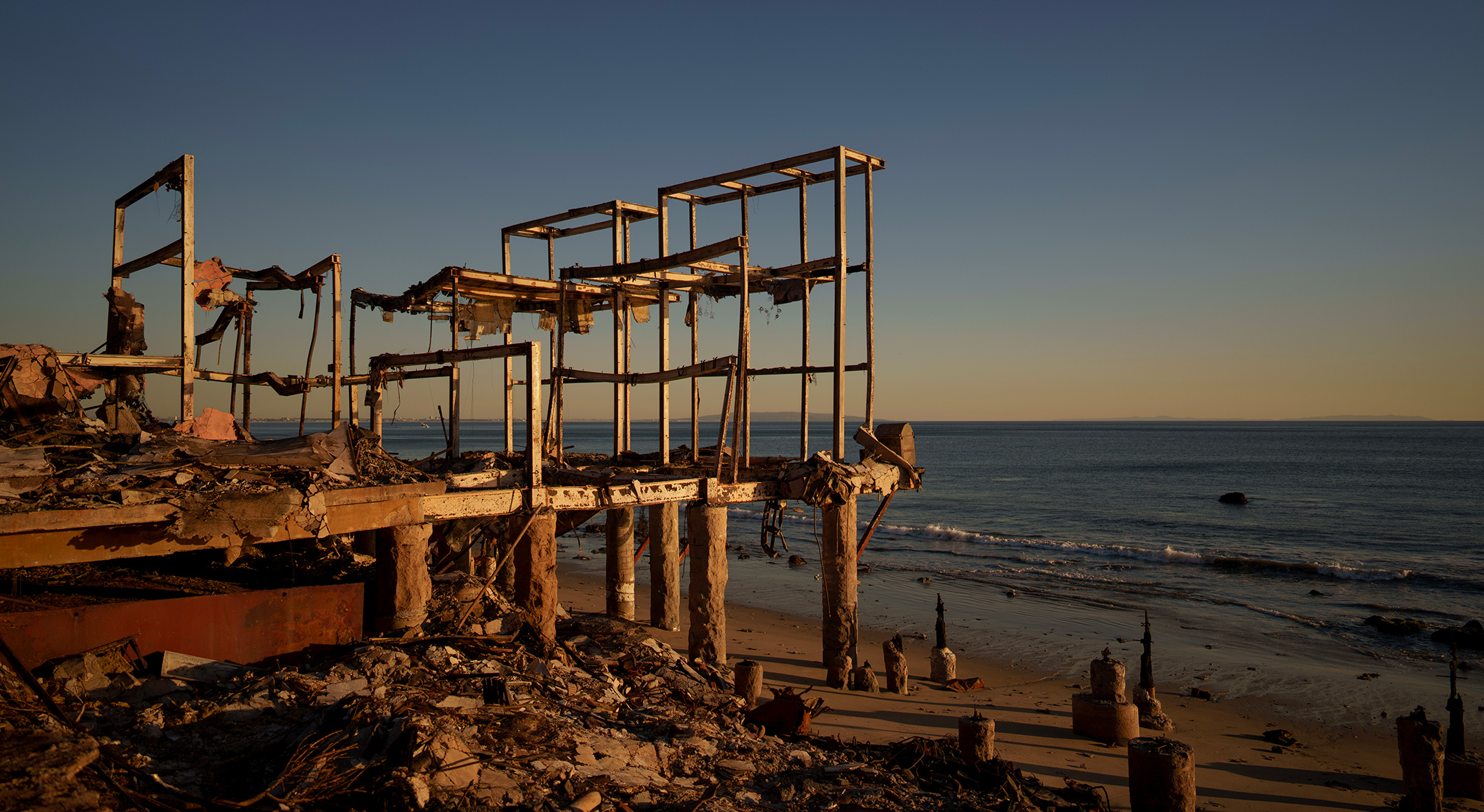
The LA fires of January 2025 affected human life, architecture icons, everyday homes and businesses - as well as the Los Angeles landscape and nature
How to help Los Angeles landscape and nature restore after the 2025 fires?
On paper, Zone 0 fortifies California’s climate resilience by leaning into to defensive space around high-risk structures. In practice, it creates a 5-foot 'ember-resistant' buffer—a kind of gravel or concrete dead zone devoid of trees, shrubs and flowering plants. For some in the landscape architecture community, this blanket solution fails to address the complexities of living within an urban-wildland interface.
'A clear zone is shortsighted,' says architect and landscape architect Greg Kochanowski, principal of the Pasadena-based firm Practice. 'It shows a lack of understanding that vegetation properly watered, with healthy, hydrated soil with microbes and everything in it, is not typically flammable.'
His perspective is both personal and professional. After the Woolsey Fire destroyed his home in 2018, he threw himself into researching fire-adaptive landscapes, collecting his findings in the book The Wild. He stresses that the fallout from the Zone 0 regulations is that the added hardscape potentially leads increasing heat island effect, making cities and neighbourhoods hotter with less shade.
A post shared by Plant Material (@plant_material)
A photo posted by on
Arid, rocky landscapes might work for more desert places like Arizona, but LA, despite the misconception, is not a desert. It’s a Coastal Sage Chaparral ecosystem. Although vulnerable in dry seasons, fire is a natural phenomenon, and many shrubs and plants regenerate after burns. As clean-up happens in Altadena and the Pacific Palisades neighbourhoods, native landscapes in the San Gabriel and Santa Monica Mountains are going through their own rebirth.
'There are ways to bring lessons from forestry and Indigenous culture to craft a holistic vision, and then working through the nuances along each of the different city edges, because it’s not all the same, the ecology changes over the course of the foothills,' says Kochanowski.
Receive our daily digest of inspiration, escapism and design stories from around the world direct to your inbox.
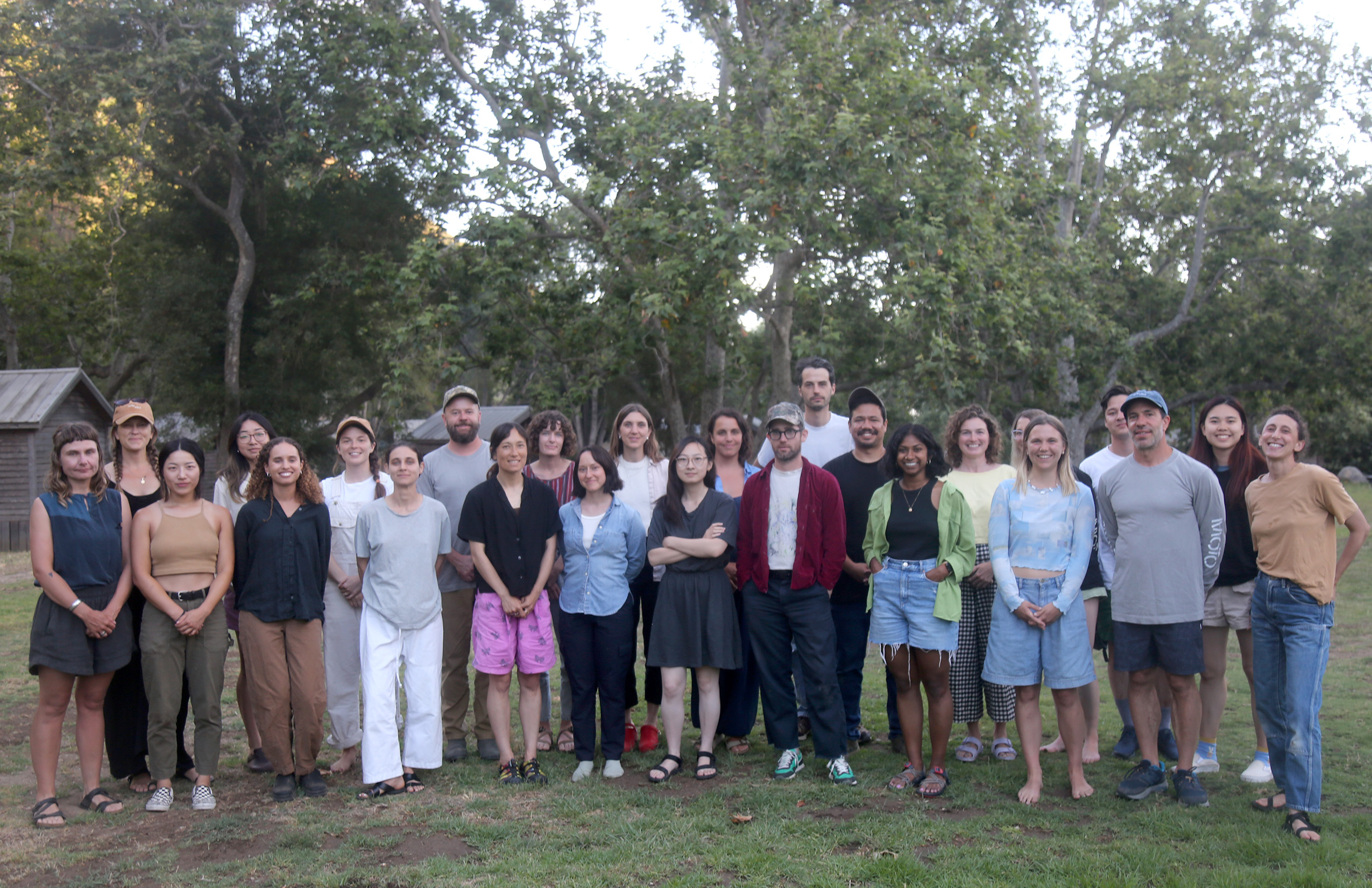
The Terremoto team
In response to the recent fires, landscape studio Terremoto issued a set of guiding principles, which oppose any single short-term solution and the stripping away of vegetation.
'We believe that a meaningful response to wildfires will consider human resilience as in alignment with soil, vegetal, and structural resiliencies,' reads one point. 'We intend to support long-term solutions which leave space for emotional, spiritual and psychological care within an environmentally indeterminate future.'
Danielle VonLehe, a landscape designer at Terremoto, evacuated during the Eaton Fire. Her home was spared, but parts of her neighbourhood were devastated. She’s been thinking about disaster plans for gardens—regenerative 'shrubscapes' that can be quickly cut back or sculptural features that might convert to mitigation systems in an emergency with the addition of a hose or sprinkler. The office is also considering ways in which gardens could help with long-term remediation of the soil. Since toxins and heavy metals remain even after FEMA scrapes away debris.
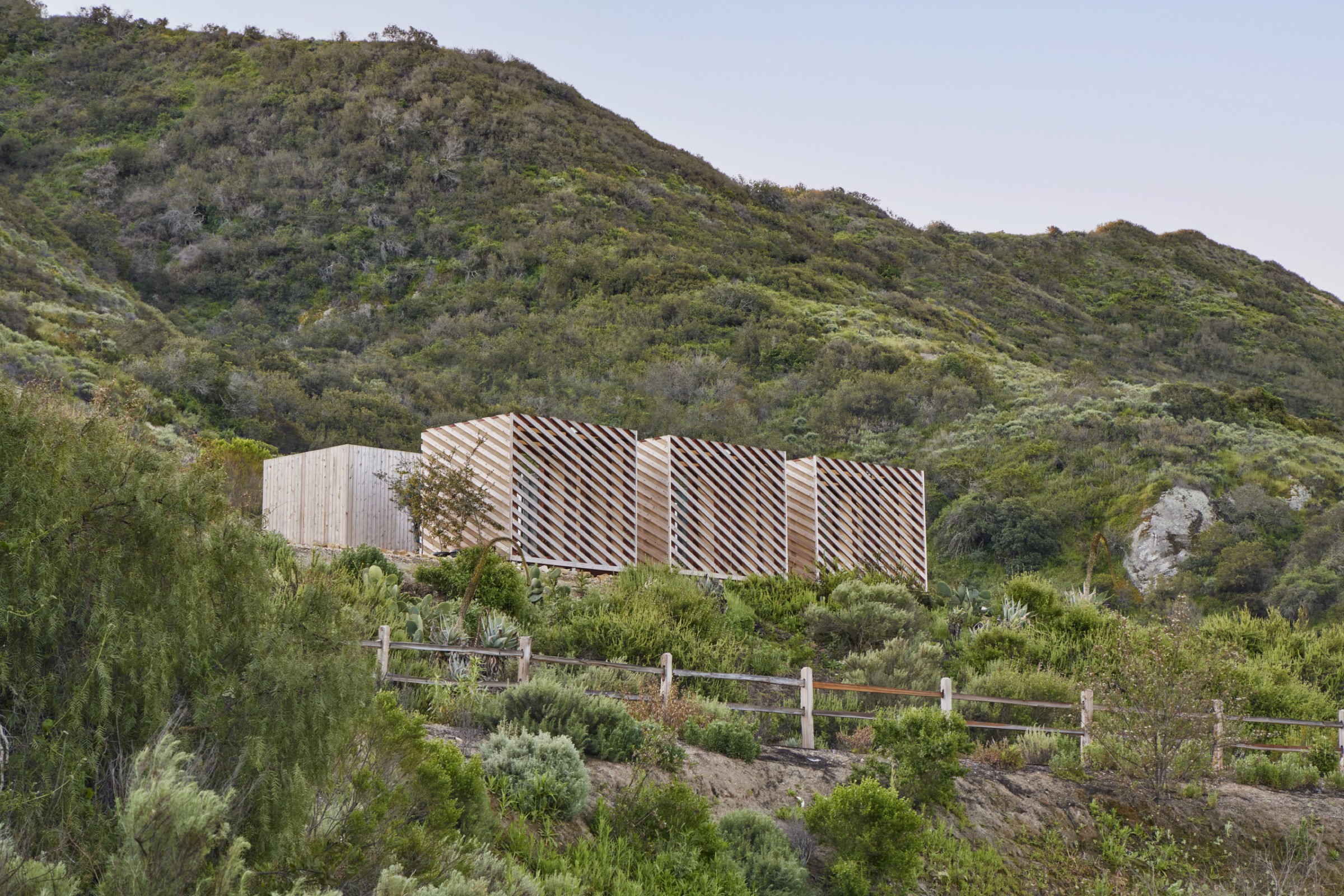
Laguna Canyon Foundation by Terremoto
Their thoughts are also on larger structural issues: access to water and repairing the land, and mitigating soil erosion with native species.
'We’re all taking it one step at a time, but I’m looking forward to the fall and winter this year when nature—hopefully—gifts us with conditions that will continue to nurture the landscape back,' says VonLehe.
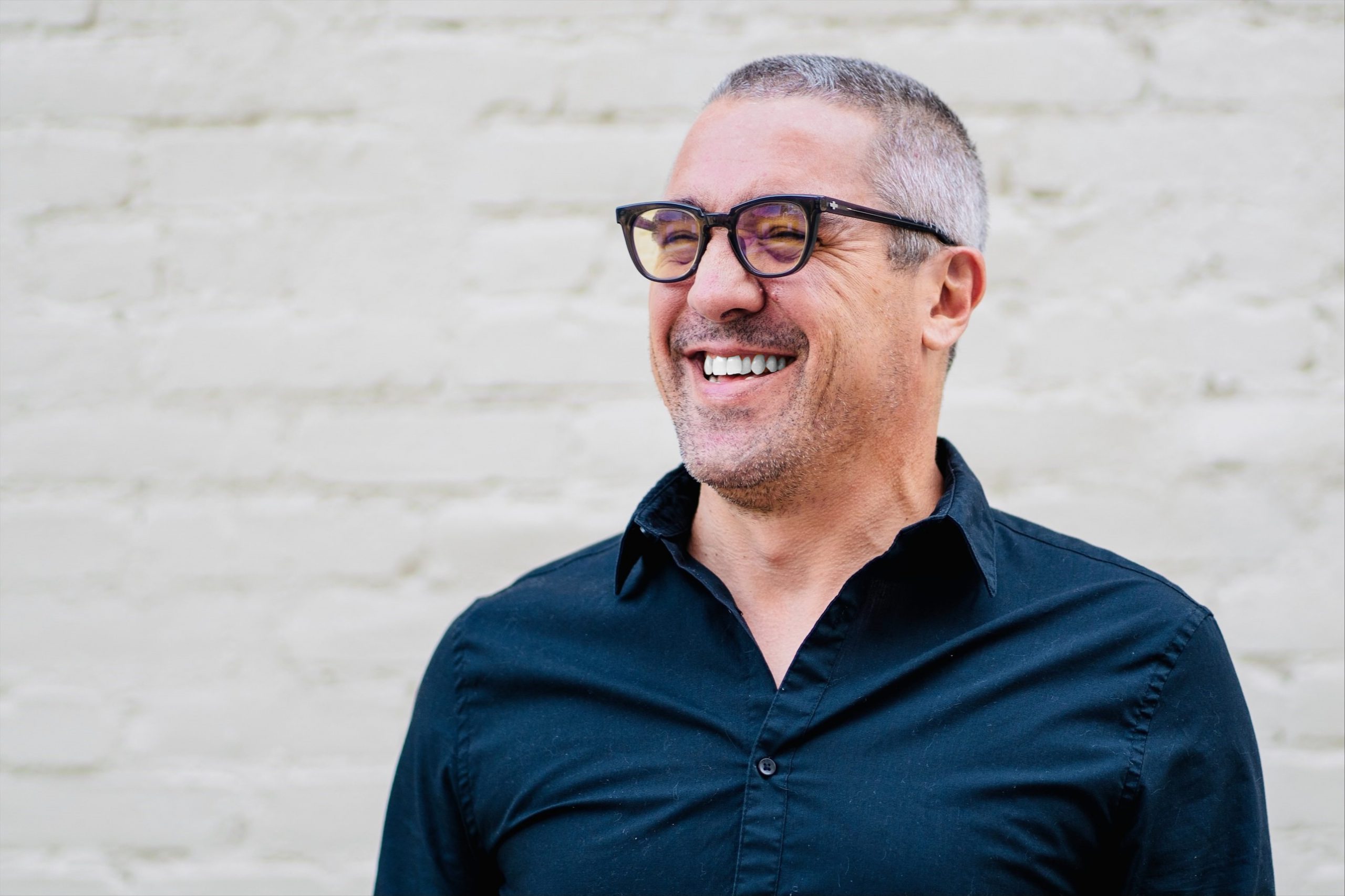
After eight years of carefully cultivating their garden, Matthew Burrows and Heather Praun, owners of the Plant Material, lost both their home and the nursery’s Altadena outpost in the fires. A converted service station, their shop was a local hub filled with California natives, bags of mulch, and terracotta pots. For Burrows and Praun, it’s been difficult to bounce back quickly, but they are committed to helping their community. Currently, they're apply for grants to help their neighbours cultivate future gardens.
Says Burrows, 'I’m less interested in a dogmatic approach to telling my neighbours what they should be doing, rather finding ways to get them access to what they need.'
Mimi Zeiger is a Los Angeles-based critic, editor, and curator, holding a Master of Architecture degree from SCI-Arc and a Bachelor of Architecture degree from Cornell University. She was co-curator of the U.S. Pavilion for the 2018 Venice Architecture Biennale, and she has written for the New York Times, the Los Angeles Times, Architectural Review, Metropolis, and Architect. Mimi is the 2015 recipient of the Bradford Williams Medal for excellence in writing about landscape architecture. She has also authored New Museums, Tiny Houses, Micro Green: Tiny Houses in Nature, and Tiny Houses in the City. In 1997, Zeiger founded loud paper, an influential zine and digital publication dedicated to increasing the volume of architectural discourse. She is visiting faculty at the Southern California Institute of Architecture (SCI-Arc) and teaches in the Media Design Practices MFA program at Art Center College of Design. She was co-president of the Los Angeles Forum for Architecture and Urban Design and taught at the School of Visual Art, Art Center, Parsons New School of Design, and the California College of the Arts (CCA).
-
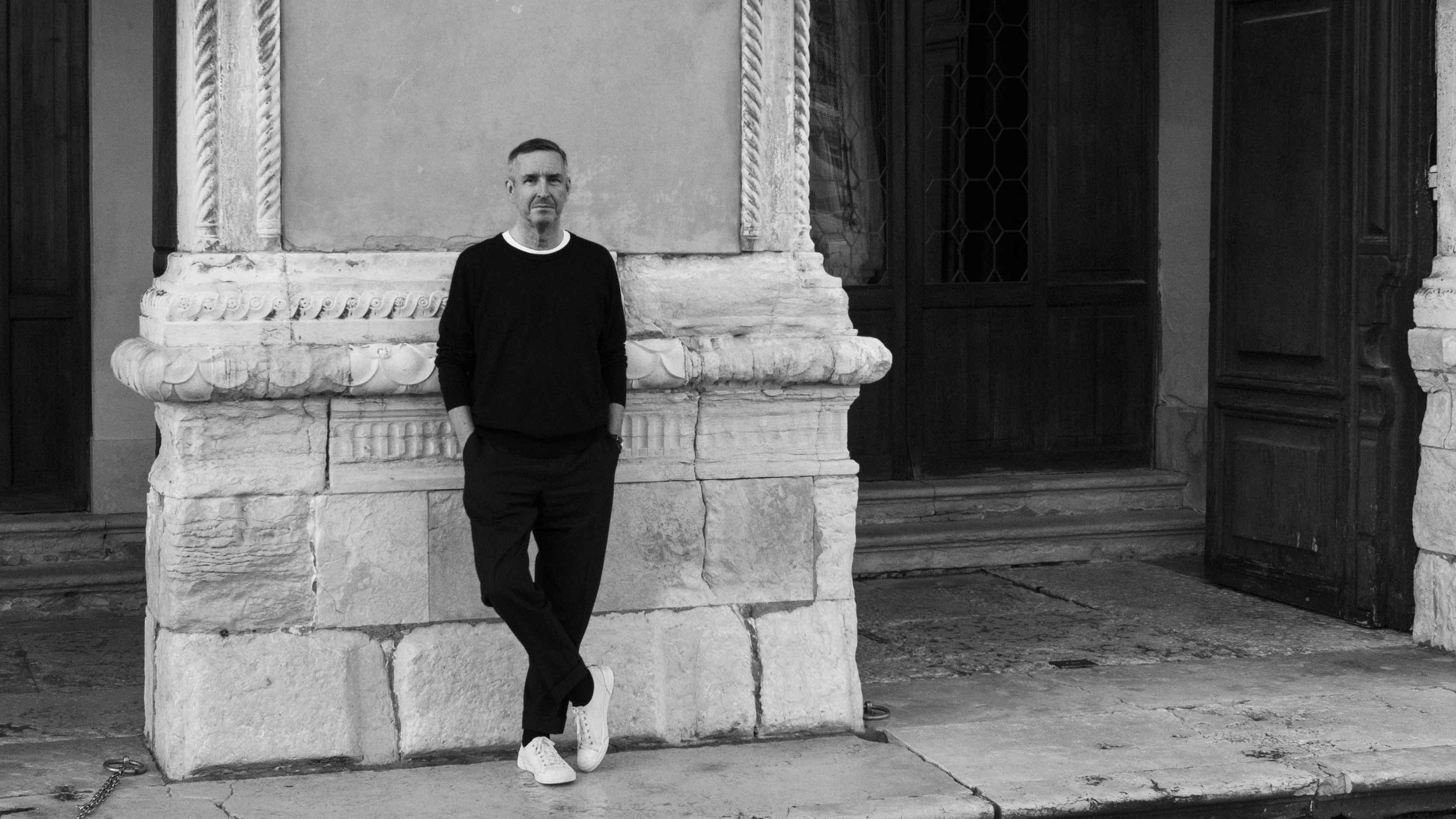 Dries van Noten on why he's building a new home for craft in Venice
Dries van Noten on why he's building a new home for craft in VeniceA year after departing the runway, Dries van Noten unveils his next chapter: the Fondazione Dries Van Noten, a newly announced cultural initiative in Venice celebrating craft in all its forms. Wallpaper meets the designer to find out why he’s not ready to retire.
-
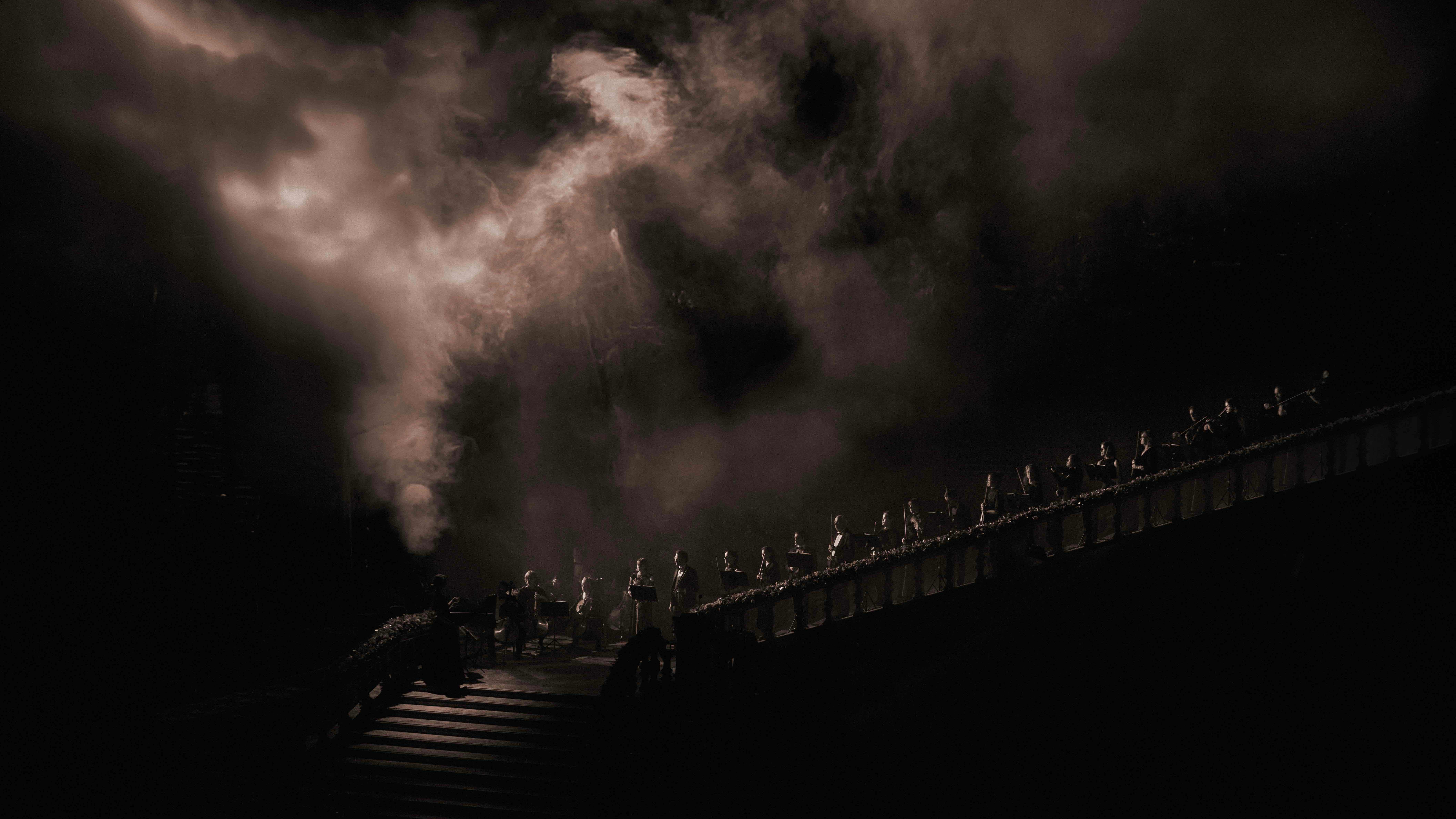 Alexander Wessely turns the Nobel Prize ceremony into a live artwork
Alexander Wessely turns the Nobel Prize ceremony into a live artworkFor the first time, the Nobel Prize banquet has been reimagined as a live artwork. Swedish-Greek artist and scenographer Alexander Wessely speaks to Wallpaper* about creating a three-act meditation on light inside Stockholm City Hall
-
 At $31.4 million, this Lalanne hippo just smashed another world auction record at Sotheby’s
At $31.4 million, this Lalanne hippo just smashed another world auction record at Sotheby’sThe jaw-dropping price marked the highest-ever for a work by François-Xavier Lalanne – and for a work of design generally
-
 Step inside this resilient, river-facing cabin for a life with ‘less stuff’
Step inside this resilient, river-facing cabin for a life with ‘less stuff’A tough little cabin designed by architects Wittman Estes, with a big view of the Pacific Northwest's Wenatchee River, is the perfect cosy retreat
-
 Remembering Robert A.M. Stern, an architect who discovered possibility in the past
Remembering Robert A.M. Stern, an architect who discovered possibility in the pastIt's easy to dismiss the late architect as a traditionalist. But Stern was, in fact, a design rebel whose buildings were as distinctly grand and buttoned-up as his chalk-striped suits
-
 Own an early John Lautner, perched in LA’s Echo Park hills
Own an early John Lautner, perched in LA’s Echo Park hillsThe restored and updated Jules Salkin Residence by John Lautner is a unique piece of Californian design heritage, an early private house by the Frank Lloyd Wright acolyte that points to his future iconic status
-
 The Architecture Edit: Wallpaper’s houses of the month
The Architecture Edit: Wallpaper’s houses of the monthFrom wineries-turned-music studios to fire-resistant holiday homes, these are the properties that have most impressed the Wallpaper* editors this month
-
 The Stahl House – an icon of mid-century modernism – is for sale in Los Angeles
The Stahl House – an icon of mid-century modernism – is for sale in Los AngelesAfter 65 years in the hands of the same family, the home, also known as Case Study House #22, has been listed for $25 million
-
 Houston's Ismaili Centre is the most dazzling new building in America. Here's a look inside
Houston's Ismaili Centre is the most dazzling new building in America. Here's a look insideLondon-based architect Farshid Moussavi designed a new building open to all – and in the process, has created a gleaming new monument
-
 Frank Lloyd Wright’s Fountainhead will be opened to the public for the first time
Frank Lloyd Wright’s Fountainhead will be opened to the public for the first timeThe home, a defining example of the architect’s vision for American design, has been acquired by the Mississippi Museum of Art, which will open it to the public, giving visitors the chance to experience Frank Lloyd Wright’s genius firsthand
-
 Clad in terracotta, these new Williamsburg homes blend loft living and an organic feel
Clad in terracotta, these new Williamsburg homes blend loft living and an organic feelThe Williamsburg homes inside 103 Grand Street, designed by Brooklyn-based architects Of Possible, bring together elegant interiors and dramatic outdoor space in a slick, stacked volume